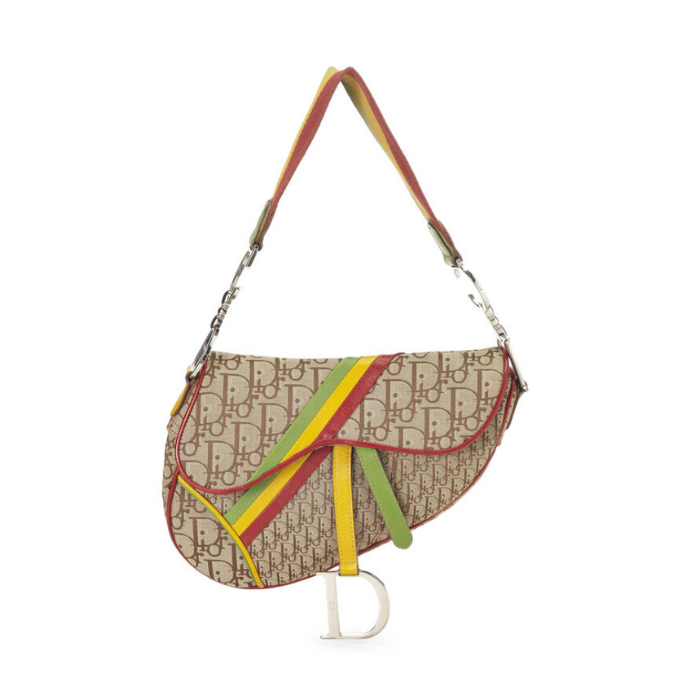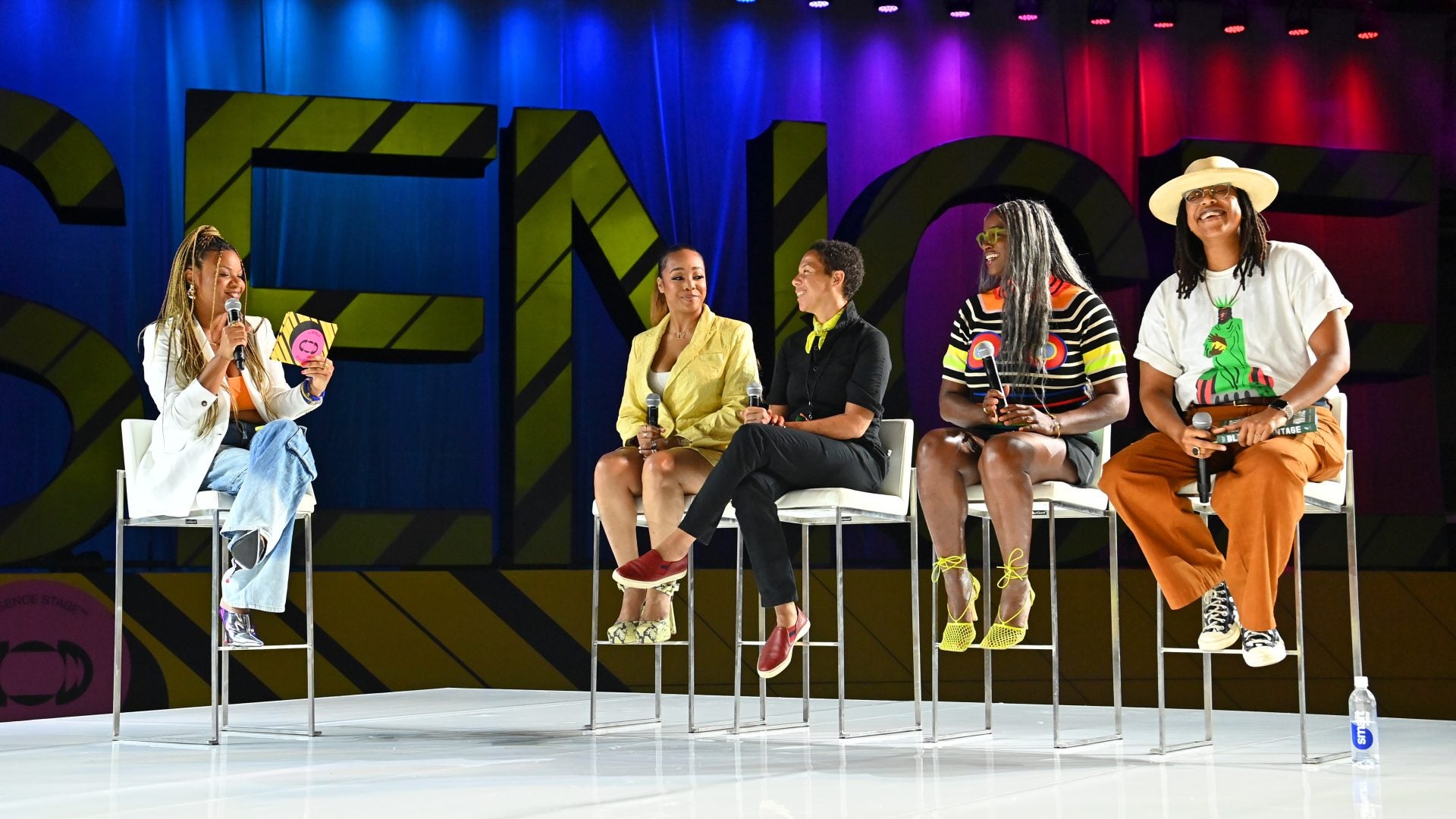
Attendees witnessed an engaging conversation with Saint Lucian chef Nina Compton, founder and Principal of Studio 7 Design Group Kai Williamson, and BLK MKT Vintage owners Jannah and Kiyanna Handy to talk about all things interior design. This dialogue is for the people who desire to turn their houses into homes. Whether it’s setting the perfect aesthetic in your living room or decorating your bathroom into a luxurious spa, these ladies share how they have curated their own spaces and inspire others to do the same to match their personalities and styles.
How would you describe your signature design style, and what does the journey look like to find that style? Because it’s not easy to identify. What is that experience like for you?
Williamson: I actually want to talk about deconstructing the need for a signature style. Studio 7 Design Group is here to celebrate the journey and elevate our clients’ vision. And so, ultimately, a client aesthetic is really what drives the signature aesthetic of a project. We can be flexible in hearing their journey, understanding their lives, and creating spaces where people grow their families and businesses. There are many designers who have signatures. And that is amazing. But if I have to give one signature element, it’s always wallpaper.
When working with a client, the color palette drives a lot of the spaces that clients enjoy. So we ask them to send us a ton of images, and our job is to find commonalities and repeated themes that appeal to them, like color palettes, elements, and scale. We have a very open conversation. So, whatever you love, let’s ensure it works in your space.
So Nina, as a chef, you already know that adding your signature flavor to everything is key to what you create. Talk a little about how a space’s unique cooking feel can influence your experience in that space.
Compton: So I think there’s a very important note about tying the whole experience for the guests. It’s about making people understand where the origin of this dish is from. You know, so there’s a lot of things that I bring from the Caribbean—a lot of clay plates or wooden bowls. We try to bring my childhood experience and put that on the plate. I’m transporting people to the Caribbean as they come to the restaurant to dine, whether it’s the music or the food. Also, living in New Orleans is a beautiful place where people appreciate food and culture. So it makes my job super easy to do those things, bringing really big flavors.
For example, we’re a big cocktail community here, so we have beautiful cocktails paired with different rugs. We have a very diverse group behind the bar, including the ladies from Antigua and New Orleans, and they all bring their own twists. It’s about having fun in the space, and that’s really important, too.
So, Kiyanna and Jannah, how can telling a story through decor enhance someone’s faith?
Kiyanna Handy: I love this question because when dealing with objects and material culture, you’re not just dealing with the tactile, like the object itself, but the stories. The histories that are passed on and contributed to that object. So, storytelling is at the cusp of what we do. But I think every beautiful space that’s meaningful to a client and an inhabitant is unique and special to them.
Every project has a maker. Whether we’re working on a residential or sector-time project, we’re always thinking about what story about these folks we’re trying to tell through the objects.
Jannah Handy: To add to that, storytelling and interior design are really about being intentional. So, what decisions are you making? I go into interior design and make hundreds of decisions. Are you intentional about all the design and aesthetic decisions that you’re making? I also would like to say that when it comes to interior design, curation, and storytelling, we, as Black people, have been doing this in our spaces. When you think about the graduation pictures and the diplomas in the living room, that’s your trophy room. We may not call it that. That might be my mom’s living room. But it’s your trophy room. So it’s kind of recontextualizing and putting some respect on the name of some of the ways that we’ve already been doing interior design as a class of people.
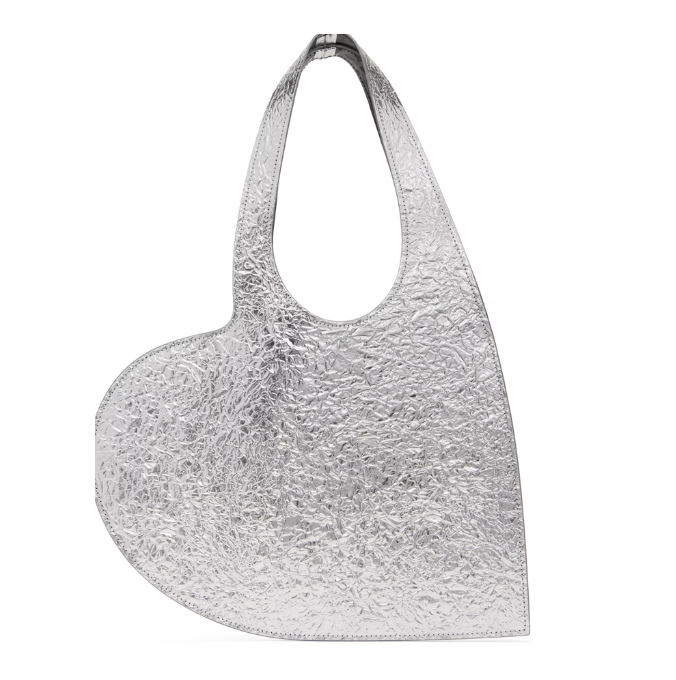
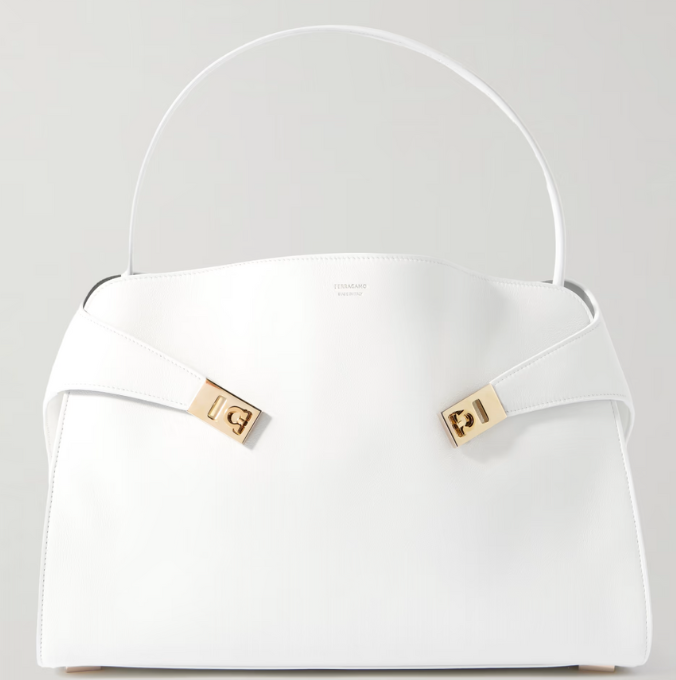
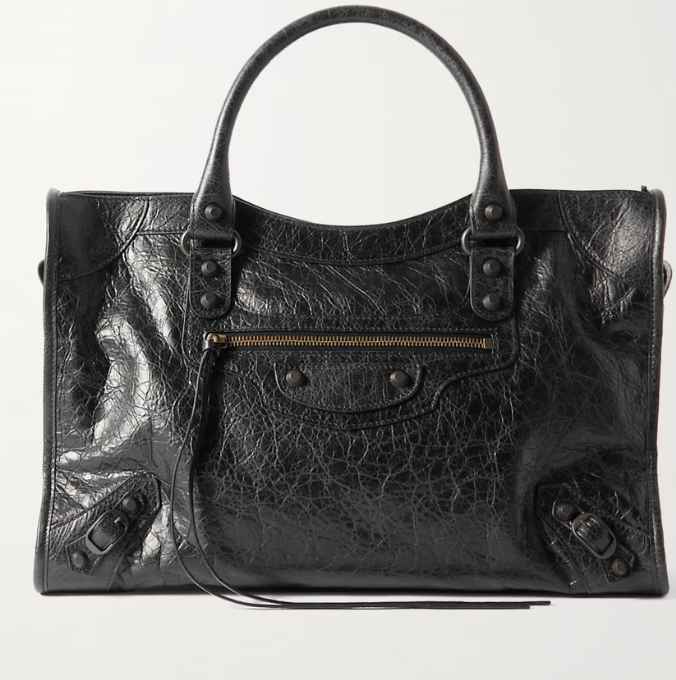
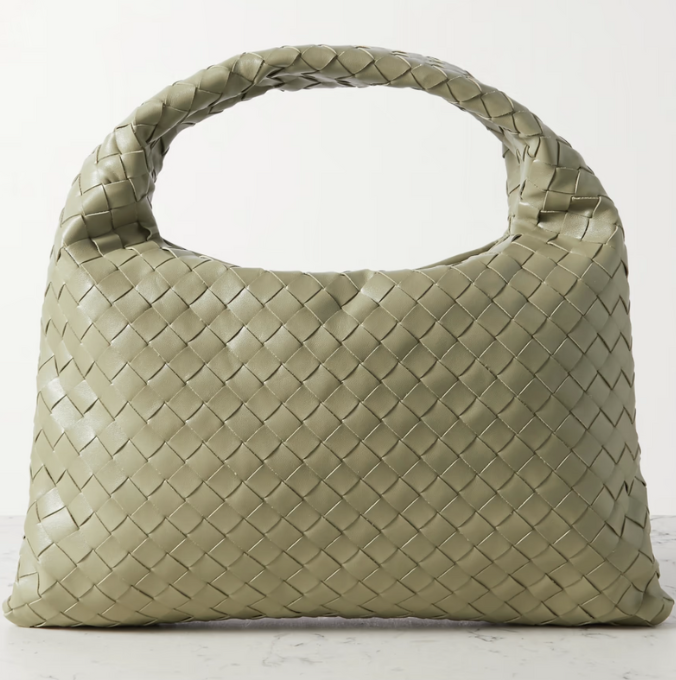
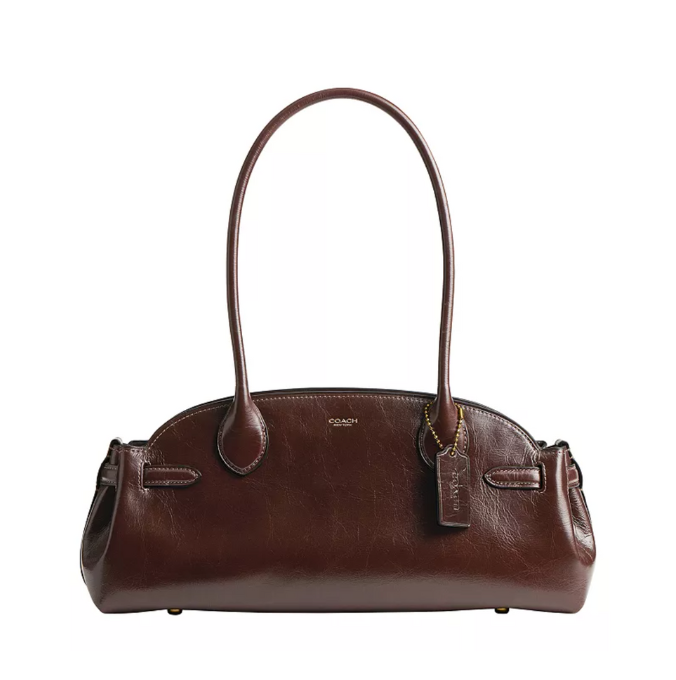
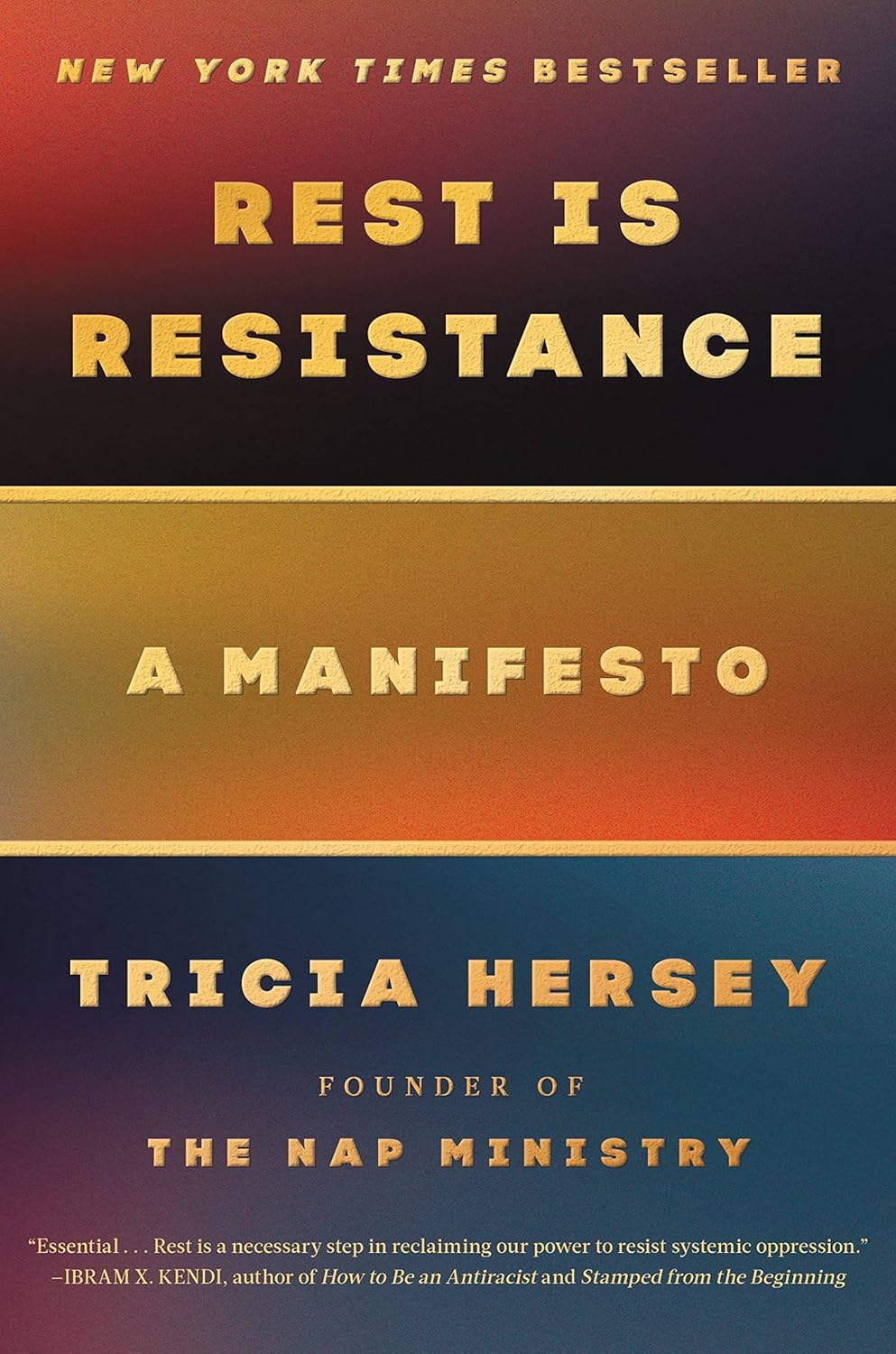
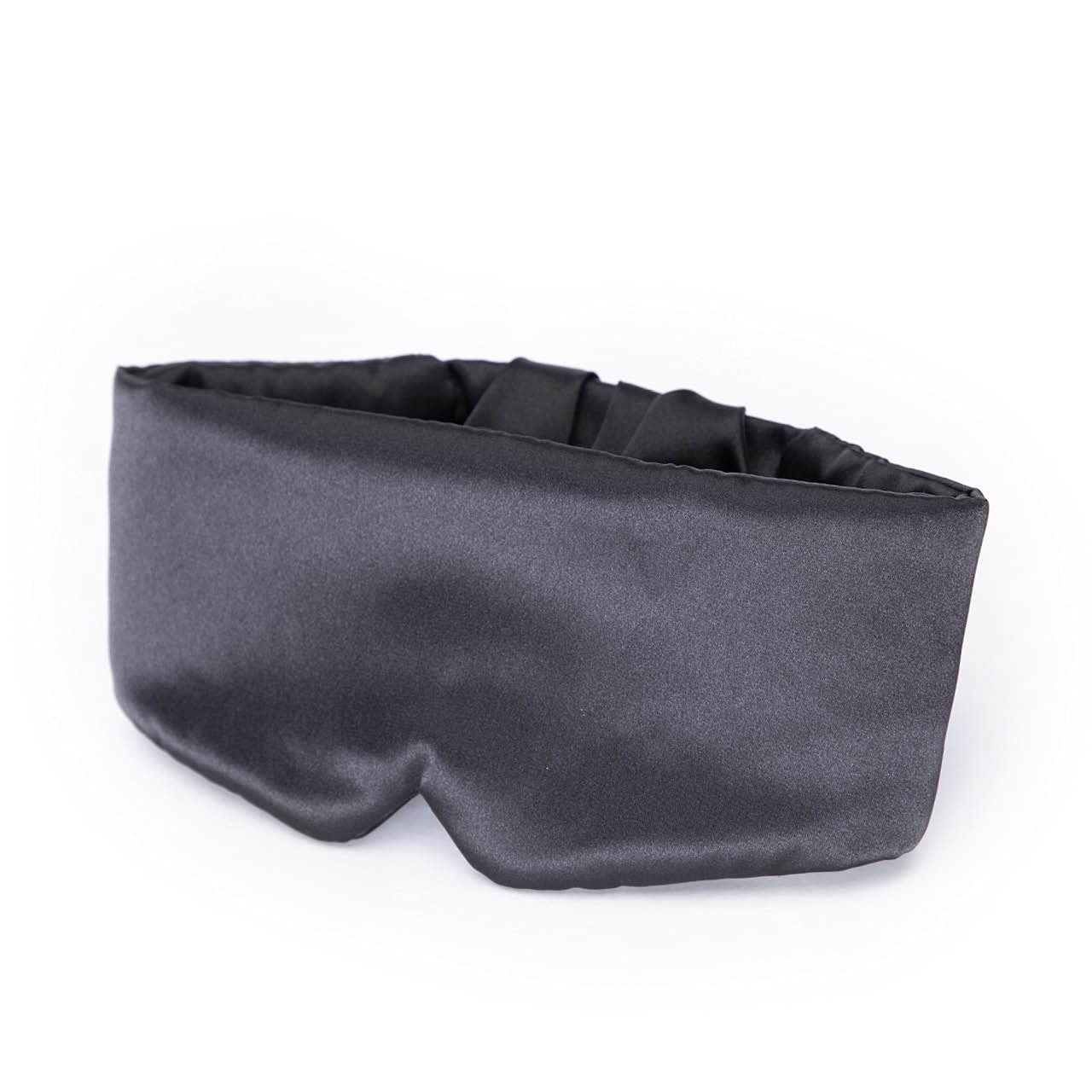
The panel discussion covered these entrepreneurs’ perspectives on how design has impacted them, the steps people should keep in mind when decorating their own space, and taking up space (pun intended) in an industry where we could be successful and flourish creatively.
As you consider how you want to make your home a sacred space or “favorite escape” from the world, these panelists really cemented the idea that it is all in the technique.
